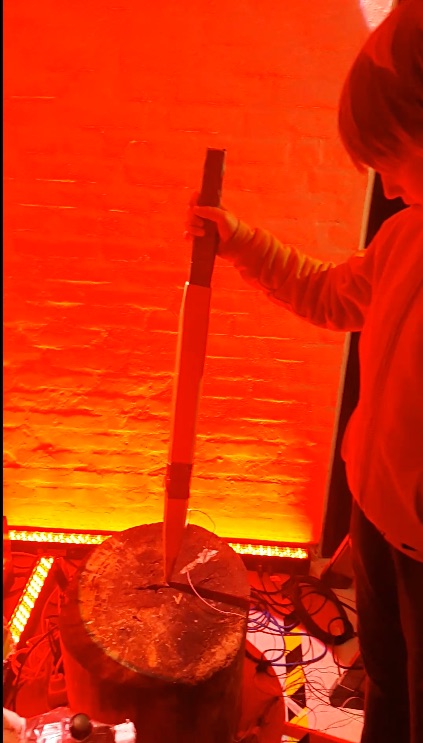EU application, 2017.
Horizon 2020 Call CULT-COOP-09-2017
Proposal title: ONTOSCOPE, 2017, Ontology-Based Engagement with Cultural Heritage
EU application, 2016.
MARIE SKŁODOWSKA-CURIE ACTIONS
H2020-MSCA-ITN-2015
Proposal title: SPACE-CRAFT, 2016, The Art and Science of Crafting Responsive Spaces
EU application, 2014.
MARIE SKŁODOWSKA-CURIE ACTIONS
Call: H2020-MSCA-ITN-2014
Proposal title: R-SPACES, 2014, Responsive Spaces for Visualization, Learning and Cultural Experiences
EU application, 2012.
Objective ICT-2011.8.2 (a) “Technologies for creating personalised and engaging digital cultural experiences”.
Proposal title: EXCYL, 2012, Co-creation in the Experience Cylinder
Danish Strategic Research Council, 2011.
Proposal title: RISES, 2011, Rich, Intelligent Spaces for Exploration and Story-Telling
EU application, 2010.
FP7‐ICT‐2009‐6 Call
Proposal title: PERSONACH, 2010, The Personalized Virtual Guide.



